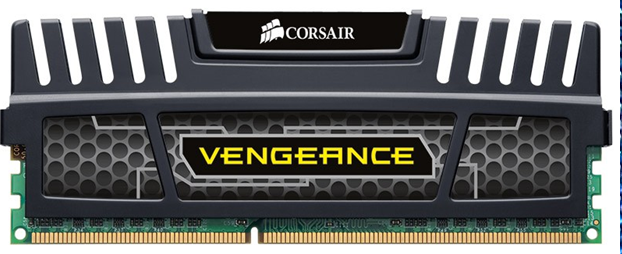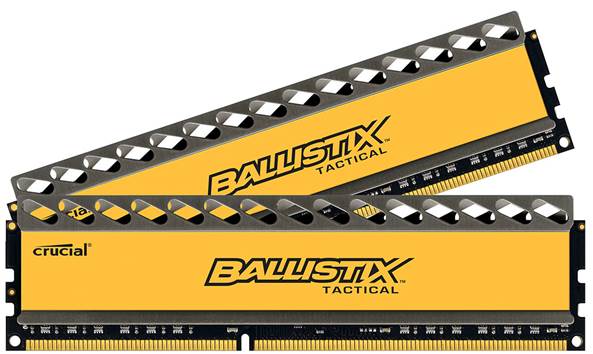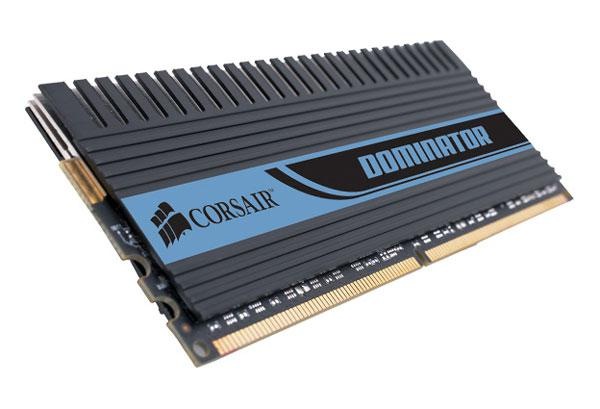You have money for RAM, but what’s the best
thing to spend it on? Let’s find out in this helpful guide
Whatever type of system you’re building,
you’re going to need lots of memory. If you’re building a system just for
browsing the internet, you’ll need lots of memory for storing multiple browser
tabs and all of the embedded content. If you’re building a system for running
office applications, you’ll need lots of memory to handle all the
multi-tasking. If you’re building a system to run games, you’ll need lots of
memory to ensure that data can be cached and served smoothly when the processor
is running at full tilt.
For that matter, if you’re building a PC
that runs a complex operating system of any kind (i.e. more sophisticated than
a command line), you’ll need lots of memory to handle all of the background
services and information. So don’t think that you’re building the kind of PC
that doesn’t benefit from having a lot of RAM. They simply don’t exist.
However, budgeting for RAM leaves you with
a conundrum. Do you go for quality or quantity? Hopefully, if you follow our
recommendations, you won’t have to stray too far from either.
No-Frills RAM
The difference between ‘affordable’ RAM and
other, more expensive forms can be quickly summed up in two simple words:
quality control. Sure, RAM designed for gamers and performance enthusiasts has
extra features, but at the most basic level, cheap RAM will break if it’s
stressed too hard and expensive RAM won’t. If you buy the cheapest sticks
available, the best you can hope for is that they’ll work with no problems at
their listed speeds.
Even so, cheap RAM is more likely to have
manufacturing errors that become evident soon after purchase, and it’ll often
struggle to run at its rated speeds under benchmark conditions. If you’re
building a gaming PC, basic RAM is far less hardy when it comes to overclocking
- not just because of the quality of the materials and manufacturing, but
because it lacks the extra cooling features (such as heat spreaders, or fan attachments)
to keep it running at its optimum temperature.
Still, it is possible to save money by
buying cheaper RAM if you’re looking to minimize your budget. The effects of
memory speed on most operations are negligible, especially when you compare the
impact other components can have.
Going for the cheapest RAM can be a bit of
a gamble, because manufacturers compromise on materials quality and QA testing
in order to keep the price low. Test it thoroughly for defects as soon as you
install it, and you’ll be able to identify any flaws immediately, meaning you
can get a replacement sorted before any future system crashes become an issue.
Budget Brand: Kingston ValueRAM

Kingston’s ValueRAM is aimed at those
building entry-level systems, and compared to generic RAM, the Kingston name
gives it at least some kind of reputation worth mentioning. A combination of
low prices, good support (lifetime guarantee!) and reliable performance means
it hits all of the main requirements without making you pay over the odds.
Even so, it’s clear that ValueRAM is at the
absolute low end of the spectrum. There’s no heatsink, no fancy PCB coloring,
no LEDs - just a standard stick of RAM with the chips fully exposed. The idea
is presumably to save money by not spending anything on improving the
appearance of the modules, but here’s the rub: RAM prices have dropped so much
that the savings are practically invisible unless you’re buying in bulk. The
fact is that if you’re not building a large number of systems, then for a few pounds
more you can find RAM offering much better performance.
If you do opt for it, you can expect to
find the 1333MHz sticks setting you back around $48 for two 4GB sticks.
Practically speaking, you’ll notice no difference between 1333MHz RAM and
1600MHz RAM unless you’re actively taxing your system, so don’t feel bad that
it isn’t the fastest.
Even so, unless you’re building so many
systems that $4.8 per unit can stack up to a substantial amount, there’s very
little reason to consider ValueRAM for any serious use.
Recommended Brand: Corsair Vengeance

Corsair Vengeance RAM costs barely more
than the most bog-standard sticks, with two 4GB modules available between $48
and $64 a pair, but the jump in performance is substantial enough to make it
worth recommending over any generic or no-frills RAM. Assembled with
overclockers in mind, the RAM is capable of handling a little stress testing
and even has heat-spreaders to keep them at optimum operating temperature -
although let’s face it, the sheer size of them suggests they’re mostly there to
look good, which is why there’s a choice of red, blue or black.
With strong performance and pricing and the
capacity to be overclocked, Corsair Vengeance is RAM you can be proud to have
in your PC, but which won’t empty your wallet. Although we wouldn’t recommend
it to people hoping to do a lot of overclocking, it should fit the needs of all
but the most specialist PC users, and if you were in that category, you
wouldn’t need us to tell you.
Gaming RAM
Budget Brand: Crucial Ballistix Tactical

If you’ve decided you want to spend money
on high-quality memory, the sky’s the limit. That said, there are brands around
that are reassuringly expensive but won’t bankrupt you. Positioned towards the
upper-end of Crucial’s Ballistix line, Ballistix Tactical RAM will set you back
about $72 for two 4GB sticks. The heat spreader looks good, and the standard
kit is PC3-12800, clocked at 1600MHz.
Performance is solid for the price range,
but the real reason it costs a bit more than other brands is because it also
offers some fancier decoration (you get a black PCB and on-board LEDs), so do
be aware that some of your money is going into the appearance, not the
performance. That’s consistent with the ethos of gaming components, however, which
are, of course, designed to look good when viewed through a case window.
Crucial Ballistix Tactical is pleasing to use and pleasing to look at, so in
the end there are no complaints here.
Recommended Brand: Corsair Dominator

Corsair Dominator RAM is aimed at people
who like the fastest possible setup regardless of performance-to-cost ratio. If
we told you that Corsair’s Dominator GT memory was launched to coincide with
the release of last year’s Sandy Bridge-E platform, that should give you an
idea of the kind of systems it’s aiming for: expensive and fast, rather than
value for money. To illustrate that assertion, you can expect two 4GB sticks to
cost around $144.
The 2133MHz clock speed is impressively
fast, while latencies are solidly low and the transfer rating is very high:
it’s PC3-17066 memory. The retail kit also includes a Corsair Airflow fan and
free connector for the temperature monitor, which you can purchase separately.
It’s guaranteed to run fast, and overclocking isn’t just possible; it’s practically
encouraged. Indeed, at these speeds, the biggest concern is whether the CPU is
capable of keeping up with the memory clock speed, as you’ll need a processor
that can handle such high-end performance, but if you’re looking at RAM this
pricey, it’s fair to say you do.